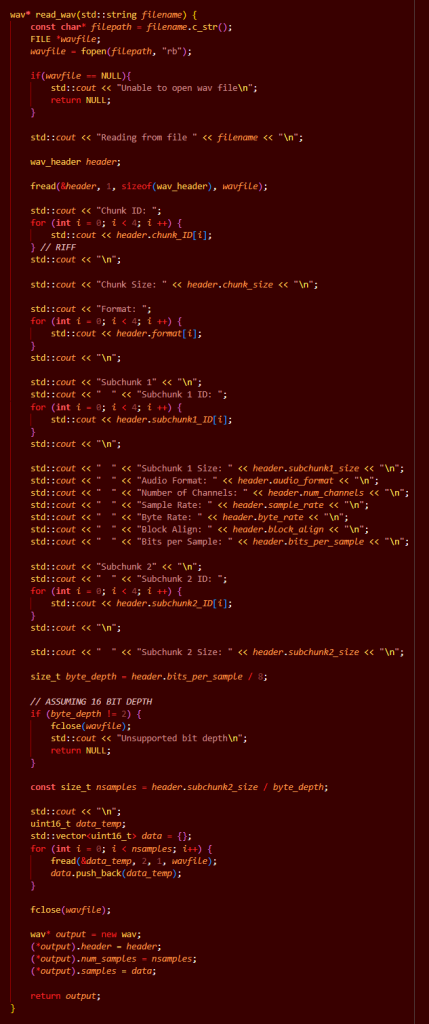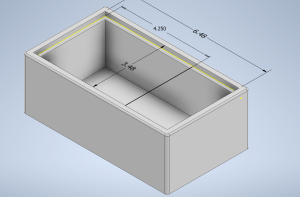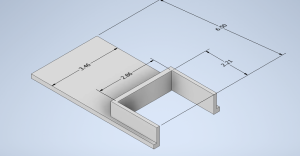This week, I continued working on the PCB design. I attempted to resolve issues regarding the pinouts provided on the data sheet with Gordon but decided that testing of the physical component was the most efficient way of matching the schematic pins to physical pins for components that had vague data sheets. However, since there was an extensive delay in getting our components despite putting an order weeks ago (just got them on Wednesday), my progress at the beginning of the week was hindered. Once I got the components, I immediately started on the breadboard prototype. My goal for this week was to understand the pinouts of all components and set up the breadboard prototype with the daisy seed mounted. I was able to successfully test and identify the the functionality of all pins for all components. I did this using the DC power supplies in Tech Spark and an LED to verify that buttons, switches, and 7-segment display were working. Here is my current progress on the breadboard. The headerpins came with the daisy seed. We originally ordered a non-soldered microcontroller, but ordered another one recently with soldered header pins.

The delay in getting the components halted my progress on the PCB as I couldn’t proceed for some of the buttons until I was confident which pins in the schematic corresponded to the schematic pins. It also delayed my progress on the prototype. Hence, I am slightly behind schedule. My plan is to establish a connection between the daisy seed (goes on top of the header pins in the picture) and the I/O components by displaying print statements everytime an interaction with a button, switch, etc. occurs. I would like to be able to demo this during next week’s interim demos. However, we are also waiting on the the micro-usb cable used to program the Daisy. We had originally thought we placed an order, but when it didn’t come with the rest of the components, we realized that it was not placed and immediately placed another one. I strongly believe that my connections in the picture above are correct as I tested them with DC power supply/LED successfully. Hence, the primary concern is familiarizing myself with the daisy interface. While Josie will be primarily in charge of the 2 features of our pedal and getting them working with the microcontroller, I need to be able to program I/O features using the interface.
Given the limited amount of time we have at this stage, I will be heavily investing my time in getting a breadboard prototype fully functional over the next week. The PCB will serve as a bonus version of the prototype but getting a basic implementation working is my first priority. Once I am able to set up the Daisy Seed GPIO connections, I hope to resume work on the PCB, fixing the connections in the schematic/layout according to the testing of the physical pins I completed this week and early next week.






